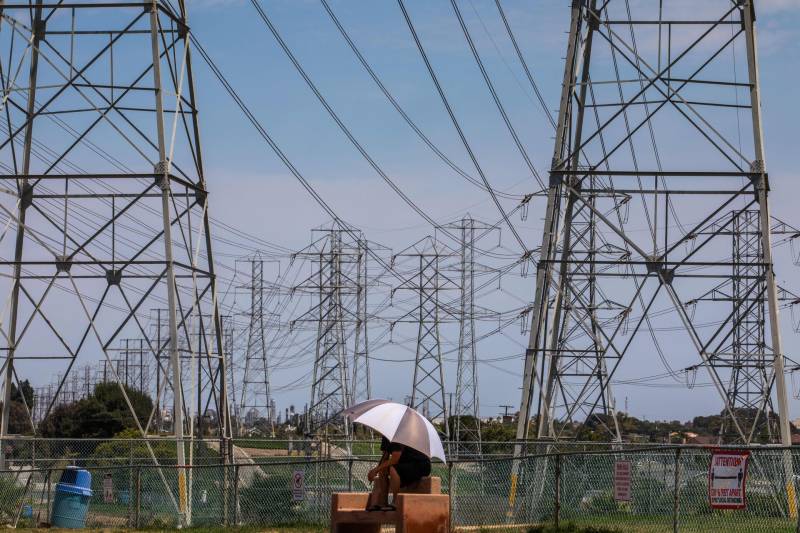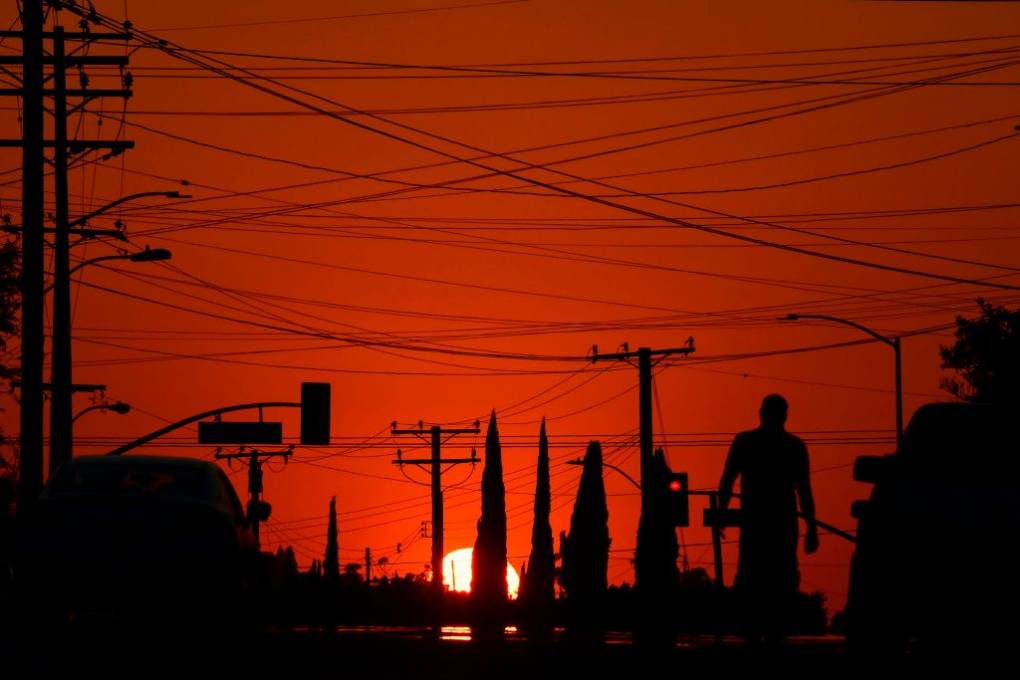Updated 6 p.m. Thursday, June 17
As demand for air conditioning spikes amid a statewide siege of triple-digit heat, the agency that runs California’s electrical grid has extended an alert that asks consumers to conserve power.
The Flex Alert from the California Independent System Operator calls on residents to make a special effort to minimize electricity use between 5 p.m. and 10 p.m. Thursday and from 6 p.m. to 9 p.m. Friday.
In a media briefing Wednesday, the grid manager said it called the alert after forecasting a relatively small shortfall in power available to the grid as electricity demand peaks Thursday afternoon. With another hot day looming Friday, the agency decided to extend the alert into a second day.
The Flex Alert is a statewide request for consumers to take a series of steps Thursday and Friday evenings:
- Set thermostats to 78 degrees or higher, if health permits
- Avoid using major appliances
- Turn off all unnecessary lights
- Use fans for cooling and unplug unused electrical items
California ISO also suggests that consumers can take several steps to prepare before the alert takes effect, including:
- "Precool" homes and apartments by lowering air conditioner thermostat settings
- Use major appliances, like your dishwasher, and clothes washer and dryer
- Close window coverings to keep your home or apartment cool
- Charge electric vehicles and electronic devices before the alert takes effect
“We certainly know from experience, including last August and September, that Californians can make a huge difference in helping maintain overall grid stability by taking these very straight-forward and pragmatic steps to help conserve,” California ISO President and CEO Elliot Mainzer said during the media briefing.

